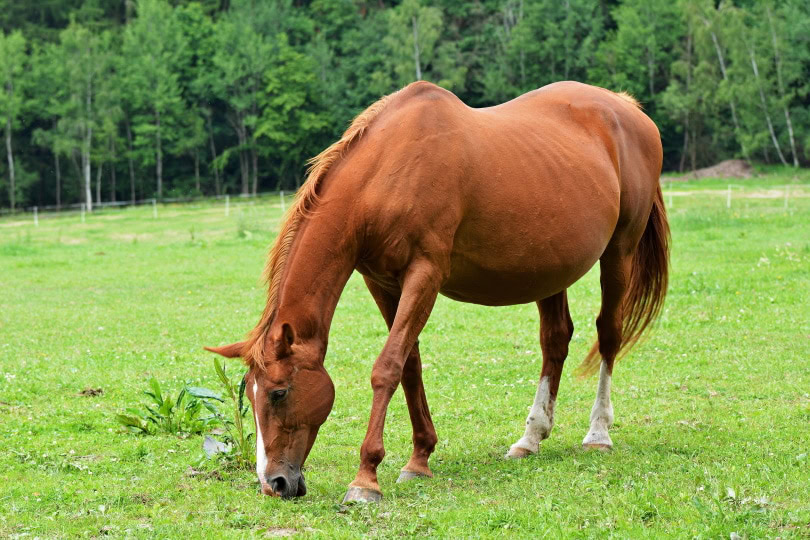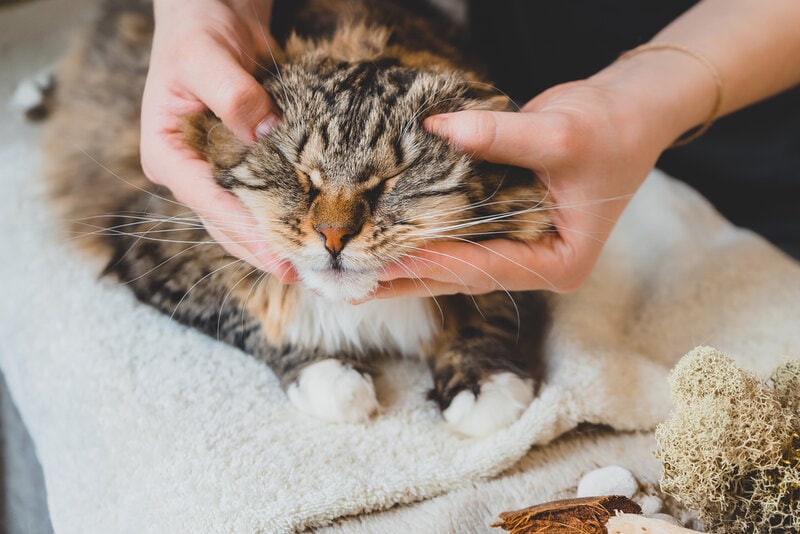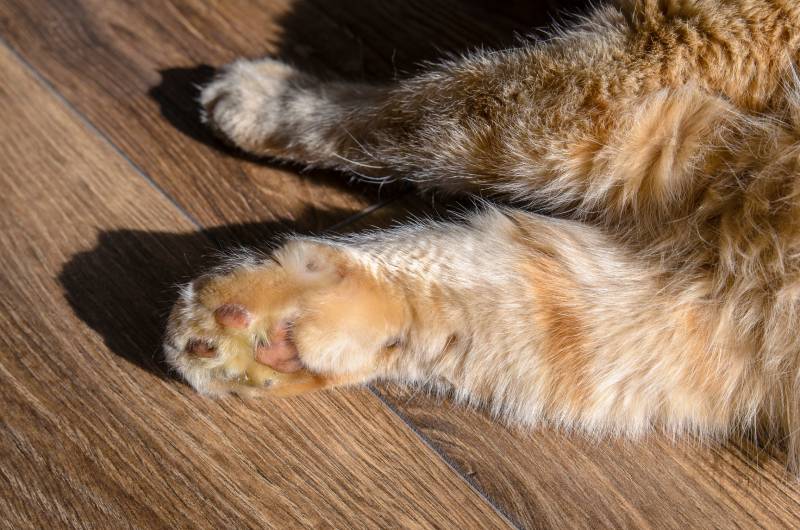VET APPROVED

The information is current and up-to-date in accordance with the latest veterinarian research.
Learn more »Click to Skip Ahead
If you are hoping your mare is in foal, you’ll no doubt want to know what signs to be looking out for. Of course, your vet will be able to perform tests to confirm it, but there are a few signs to look for that can point to your mare being pregnant. We’re going to go through 4 early indicators that your mare may be in foal, but first, let’s brush up on our equine reproduction.

The Equine Reproductive Cycle
Horses are seasonally polyestrous, which means they have multiple estrus periods (a recurring period of fertility), like humans, which are usually during the warmer months of Spring and Summer (not like humans!). Each estrus cycle is around 21-22 days long, with 4-7 of those days spent in estrus (when she is receptive to mating).
The gestation period is approximately 335 – 342 days (compared with our 273 days), so there’s often a lot of pressure to get a mare safely in foal before the end of summer. This might mean multiple matings or artificial insemination to maximize the chances of a successful pregnancy.
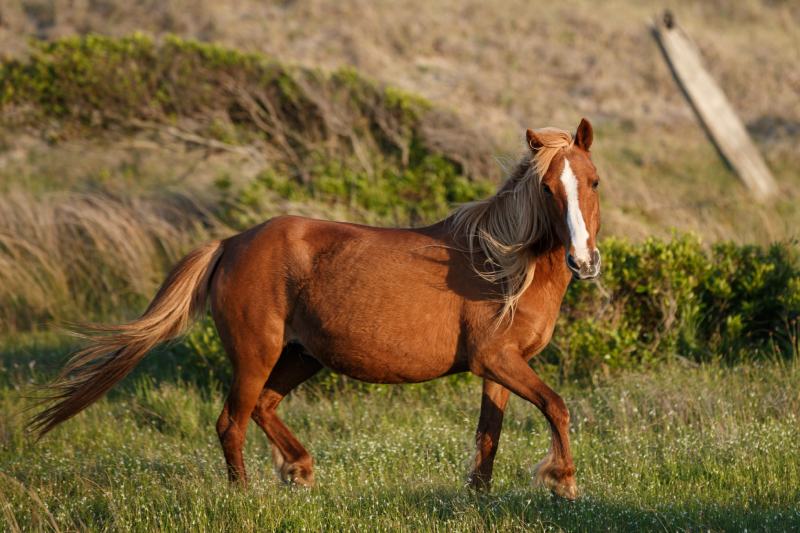
How Can We Tell If a Horse Is Pregnant?
The earliest point at which we may be able to tell if a mare is pregnant is around 12-14 days after conception. If she is pregnant, the embryo triggers something called the maternal recognition of pregnancy (MRP), which prevents the mare from going back into estrus. Prior to this, there are no reliable indicators of pregnancy. A pregnancy ultrasound is recommended at this point, but if you are looking for some signs without having a scan, here are some things to watch out for:
The 4 Signs of Pregnancy in Horses
Early signs of pregnancy
- Rejection of the stallion: If a pregnancy has progressed beyond the MRP period, the mare will not allow a stallion to mount her, and will often actively deter him from approaching.
- No rising heat: If pregnancy has not occurred, the mare will start to show signs of estrus around 14 days after mating, such as flagging of the tail, swelling and ‘winking’ of the vulva, frequent urination, squealing, and posturing, particularly in the presence of stallions and geldings. The exceptions are if we are at the end of the mating season, or a ‘silent’ heat, where ovulation occurs, but no external signs of estrus are present.
Late signs of pregnancy
- Abdominal enlargement: As a horse’s abdomen is already quite large and rounded, this is not a particularly reliable indicator and one that often isn’t noticeable until the end of gestation
- Bagging up: The term used to describe mammary development in the mare. Again, this usually occurs very late in the pregnancy, and often not until after foaling in first-time mothers.
However, these later signs are more indicative of imminent foaling rather than pregnancy diagnosis but could be useful if we are dealing with free-range horses.
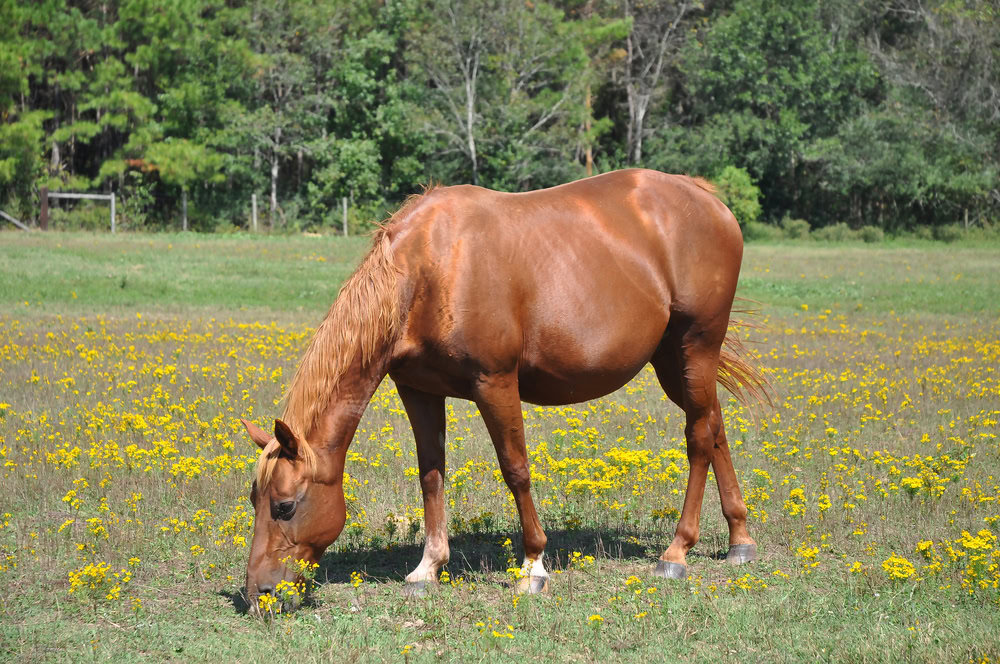

Other Ways To Confirm Pregnancy
- Ultrasound: The gold standard and most reliable way to diagnose and stage a pregnancy, as well as check viability, health, and growth of the fetus. The first ultrasound can be performed around days 14-16 after mating/insemination. As there is a relatively high rate of fetal loss during the first 40 days of pregnancy, follow-up scans are recommended.
- Blood tests: There are a number of reproductive hormones that can be measured to diagnose and stage pregnancy in mares with unknown conception dates, as well as help identify reproductive problems.
- Rectal palpation: Directly palpating the uterus and fetus through the rectal wall was a common method of pregnancy diagnosis before ultrasound became normal practice.

Conclusion
When it comes to pregnancy detection in the mare, an ultrasound can give you the answers you seek just 14 days after mating. If you are looking for some other hints that your horse may be expecting, take a look at how she interacts with the stallion 14 days after mating. If she welcomes his presence and allows him to mount her, it’s a sure sign that she is not pregnant, but if she wants nothing to do with him and shows no signs of coming back on heat, you may well have a foal on the way.
More pronounced physical signs of pregnancy don’t tend to occur until much further down the line and can be helpful in knowing when to prepare for foaling. If you want to be safe and sure, you can’t go past a pregnancy ultrasound.
- https://www.mdpi.com/2076-2615/13/10/1718
- https://www.sciencedirect.com/sdfe/pdf/download/eid/3-s2.0-B9780323064828000119/first-page-pdf
- https://www.valestables.com/six-signs-horse-might-pregnant/
- https://www.vet.cornell.edu/animal-health-diagnostic-center/testing/testing-protocols-interpretations/equine-female-reproductive-testing
Featured Image Credit: Daniel Sockwell, Shutterstock
